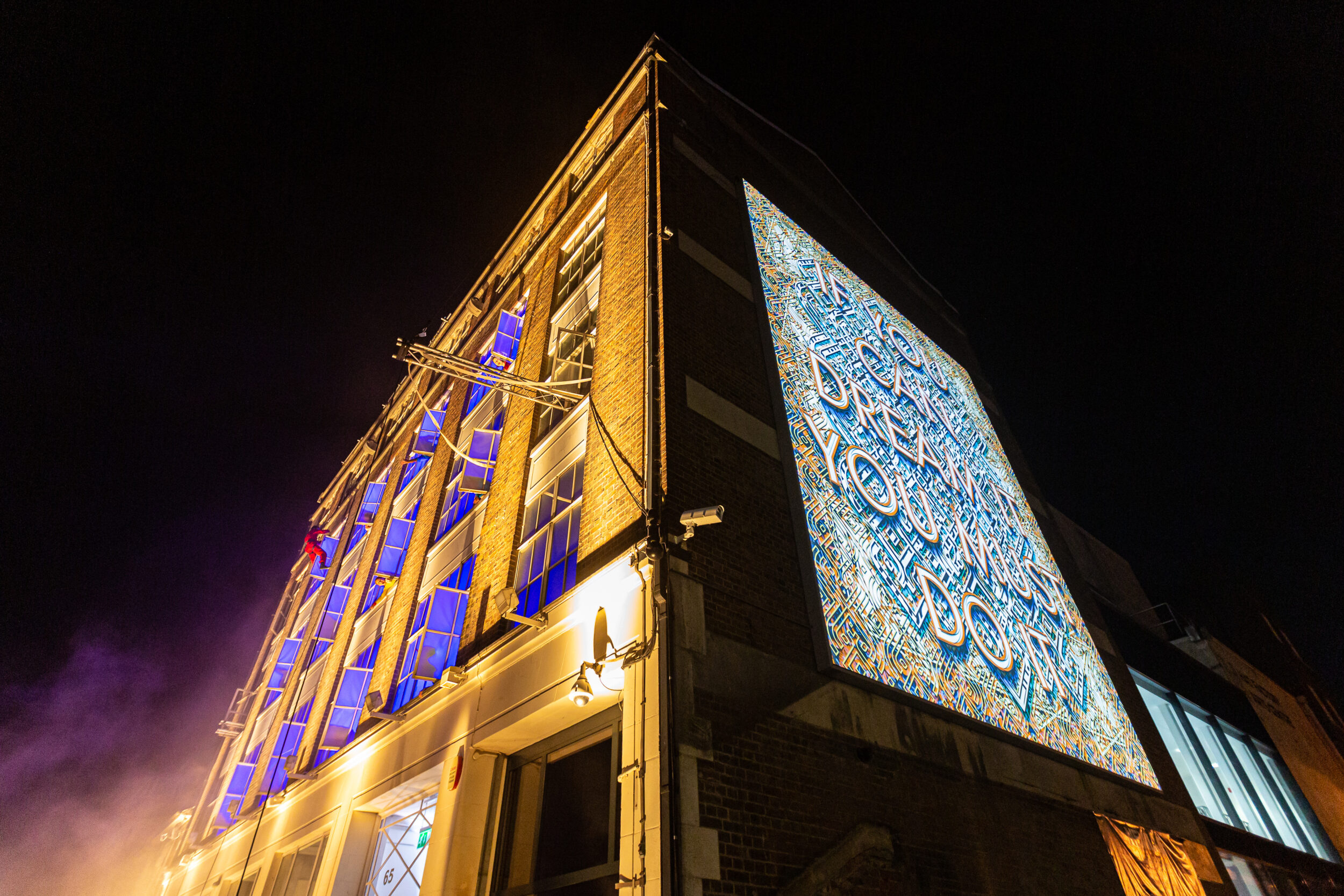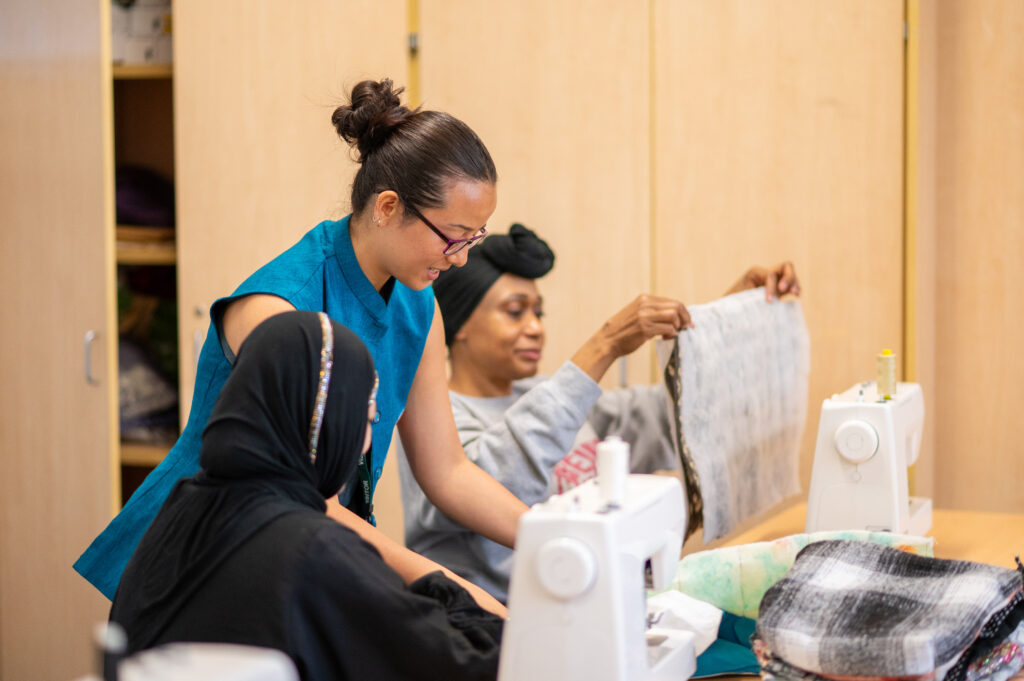
A CEO’s perspective: development loan for a sustainable model
The Culture Trust Luton aims to connect communities of Luton and beyond through culture by providing opportunities to engage with arts, museums and heritage.
The charity nurtures and supports creative industries, skills and talent development at its museums, historic house, arts centre, galleries, gardens and theatres. The Trust is contributing to an increasingly cultural, vibrant and inclusive town.
As part of its longer-term plans, the charity was looking to become more financially sustainable as well as increase its involvement and impact within the wider creative industries in Luton. With the help of a national capital fundraising campaign and a loan of £1.365m from Charity Bank, it completed two refurbishments of former Hat Factories in 2019. The Hat District project led by the Trust is a long-term strategy to purchase historic buildings and sensitively develop them into useful and income generating workspaces, and to help fund the charities core cultural engagement work, heritage conservation and public engagement. This project will increase opportunities for people to engage in arts and culture, and develop new creative workspaces and jobs.
Chief Executive, Marie Kirbyshaw, speaks to us here about using development finance to adopt a more entrepreneurial model and take the charity into its next phase.
Why did you decide to take a freehold model?
The three sites we’ve been operating out of since the charity was formed in 2008 are owned by the council. In many ways that’s great – as a charity we have shared running costs with the Council and so we both contribute to the costs of these facilities. However, we recognise that public funding resources are reducing and therefore the Trust should plan for its future. We also recognised that by owning the freehold of property, we could both generate funds from activity and rent as well as release equity if we needed to. Freehold also gives us a sense of permanency too to continue pursuing our charitable objectives.
What stage are you at currently with this project?
We’ve refurbished one of our existing sites, the Hat Factory Arts Centre, and one of the historic buildings we purchased, Hat House, turning it into contemporary workspaces for the creative industries. They both opened officially in September last year. We took out a development finance loan with Charity Bank to complete the final phase.
Why did you decide to take out loan finance as opposed to looking at other funding?
We started the project with a strategy to raise £10m through fundraising. We did well over a relatively short period of time, but in 2018 we saw our success tail-off, mainly because we had already secured funding from the schemes that best matched our project. So we decided to explore how we could release equity from our freehold assets. Taking out a loan enabled us to release £1.365m from Hat House and boosted our capital fund for the project.
Did you have any concerns about taking out the loan?
Yes we were cautious as this is new territory for us but we have an exemplary board of trustees who scrutinised every element and we sought expertise to ensure due diligence. But at the end of the day, we wouldn’t have signed on the dotted line if we weren’t sure that it was the right thing to do and didn’t have confidence in Charity Bank being the right partner for us.
What advice would you give to other charities who are thinking of taking out a loan?
Give yourself lots of time and don’t wait until you really need funding before starting to develop your loan strategy and get in touch with a lender. Plan ahead and have an early conversation, because it’s not a quick process, and it’s not one that anyone should enter into at speed.
Also, make sure that you select a bank that matches both your economic needs and your organisational culture, and one that will perhaps support your future growth too. We chose Charity Bank because they really share our vision, believe in our long-term plans and want to play a part in that.
Do you think it’s important for charities and social enterprises to be able to access social investment?
Definitely. We needed a bank that understood our work as a charity, and that would continue to support us in the longer term.
Why did you choose Charity Bank for this loan?
From the very start, our conversations with Charity Bank were really fruitful. They quickly understood how we work, what we do and why we need a loan. It never felt as cold cut as a simple loan to us and Charity Bank has made it really clear that for them as well this is more about building a long-term relationship and how they can continue to work with us towards our future goals.
Was it beneficial for you to have a named regional manager?
Absolutely. We never fail to be impressed with how much Tim knows about our business. You don’t get that if a file gets passed from person to person. Tim knows the personalities of our business, the details of what we do and therefore we can hit the ground running.
What are you most proud of when you reflect on this project and how far it has come?
In 2016 we commissioned a large public artwork called ‘Beacon’ for our Hat Factory Arts Centre exterior wall by artist Mark Titchner, and it reads: ‘If you can dream it you must do it’. This is a message of hope and optimism, which really encapsulates our Hat District Project. We have an ambitious vision to regenerate a neglected conservation area in Luton, provide opportunities for people to engage in arts and culture, and to develop new creative workspaces within redundant buildings. While we’ve still got a way to go, we’ve certainly come a long way already.
About Charity Bank
Charity Bank is the loans and savings bank owned by and committed to supporting the social sector. Since 2002, we have used our savers’ money to make more than 1380 loans totalling over £580m to housing, education, social care, community and other social purpose organisations.
Nothing in this article constitutes an invitation to engage in investment activity nor is it advice or a recommendation and professional advice should be taken before any course of action is pursued.


